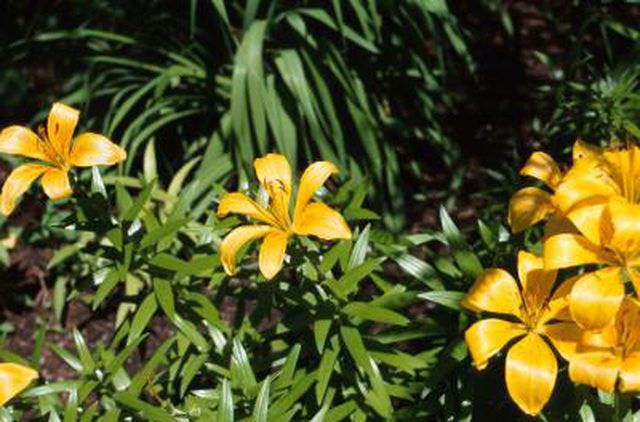Bulbs
Flower Basics
Flower Beds & Specialty Gardens
Flower Garden
Garden Furniture
Garden Gnomes
Garden Seeds
Garden Sheds
Garden Statues
Garden Tools & Supplies
Gardening Basics
Green & Organic
Groundcovers & Vines
Growing Annuals
Growing Basil
Growing Beans
Growing Berries
Growing Blueberries
Growing Cactus
Growing Corn
Growing Cotton
Growing Edibles
Growing Flowers
Growing Garlic
Growing Grapes
Growing Grass
Growing Herbs
Growing Jasmine
Growing Mint
Growing Mushrooms
Orchids
Growing Peanuts
Growing Perennials
Growing Plants
Growing Rosemary
Growing Roses
Growing Strawberries
Growing Sunflowers
Growing Thyme
Growing Tomatoes
Growing Tulips
Growing Vegetables
Herb Basics
Herb Garden
Indoor Growing
Landscaping Basics
Landscaping Patios
Landscaping Plants
Landscaping Shrubs
Landscaping Trees
Landscaping Walks & Pathways
Lawn Basics
Lawn Maintenance
Lawn Mowers
Lawn Ornaments
Lawn Planting
Lawn Tools
Outdoor Growing
Overall Landscape Planning
Pests, Weeds & Problems
Plant Basics
Rock Garden
Rose Garden
Shrubs
Soil
Specialty Gardens
Trees
Vegetable Garden
Yard Maintenance
How to Grow Oriental Lilies
How to Grow Oriental Lilies. Oriental lilies are available in a wide variety of plant sizes and bloom colors. They grow from bulbs which should be planted in the spring or fall. The bulbs do not go dormant and should not be stored. Select and prepare the planting site before purchasing the bulbs so they can be planted right away. When planted...
Oriental lilies are available in a wide variety of plant sizes and bloom colors. They grow from bulbs which should be planted in the spring or fall. The bulbs do not go dormant and should not be stored. Select and prepare the planting site before purchasing the bulbs so they can be planted right away. When planted properly, they will provide bright colorful blooms for weeks every summer with minimal care
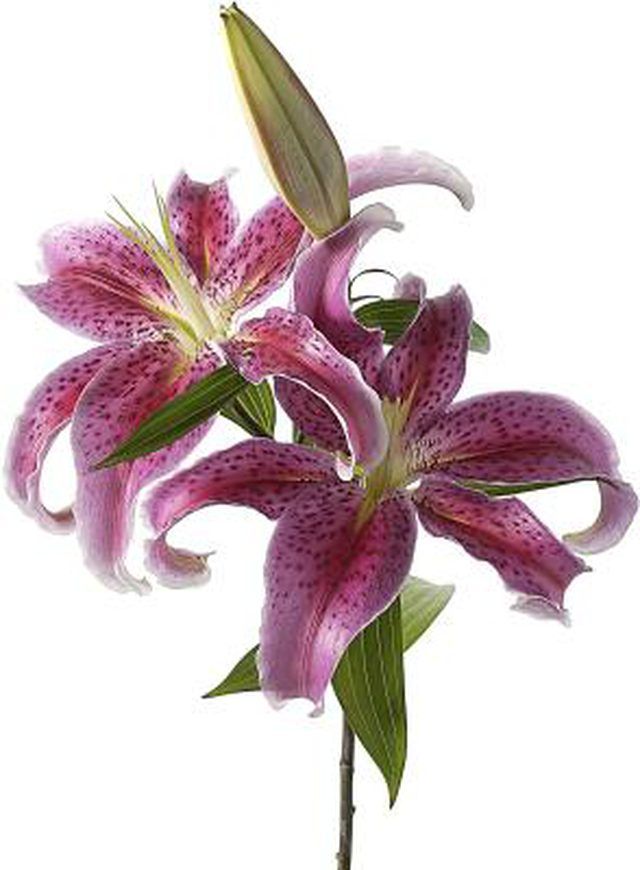
Things You'll Need
Oriental lily bulbs
Soil pH test
Aged manure, compost or leaf mold
Pine bark or sand
Rototiller
Dirt shovel
Hand shovel
Mulch
Fertilizer
Step 1
Select a planting site that receives at least four to six hours of direct sunlight each day. Choose a site that is shaded from the afternoon sun in very hot climates. Make sure the location is protected from strong winds and harsh winter weather. Test the soil pH level with a soil pH test kit or send a soil sample to the local extension office for testing. Make sure the soil pH is slightly acid to neutral. The extension office can also test the soil for nutrient levels.
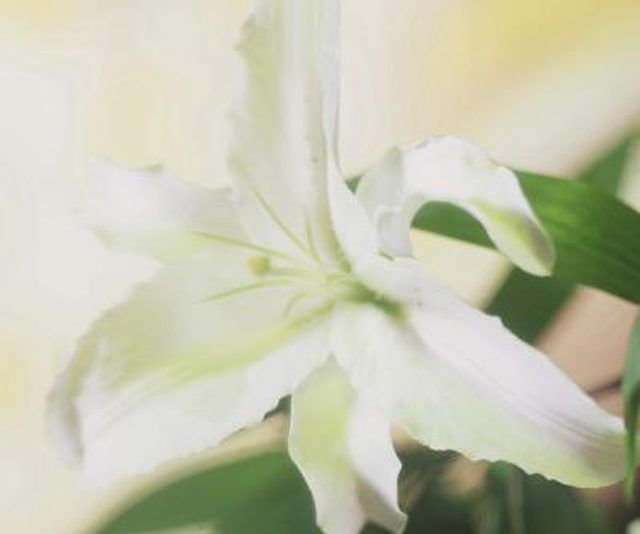
Step 2
Check the consistency of the soil. Make sure it is organically rich and drains quickly. Improve soil fertility if necessary by adding organic matter such as aged manure, compost and leaf mold. Add shredded pine bark, sand or leaf mold to improve drainage capabilities if the soil is heavy clay. Mix all soil amendments into the soil with a rototiller or dirt shovel until they are well incorporated. A raised flower bed is another option when the soil is heavy clay.
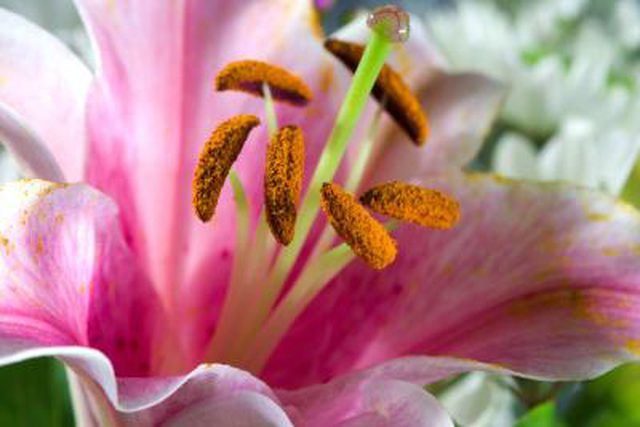
Step 3
Dig planting holes 4 to 6 inches deep with a dirt shovel or hand shovel. Place the bulbs in the planting holes with the roots facing down and cover them with soil. Plant the oriental lilies in groups of three to five with individual bulbs spaced 1 to 1 1/2 feet apart and multiple groups spaced 4 to 5 feet apart. Water the newly planted bulbs.
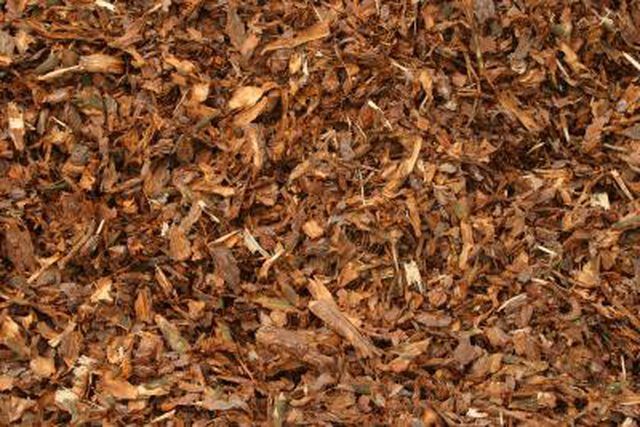
Step 4
Place an additional 4 to 6 inches of mulch over the lilies in November in cold-winter climates. Pull the mulch away from the soil directly above them in the spring after the last hard frost. Keep the mulch nearby to cover the sprouting lilies if an unexpected frost is predicted.
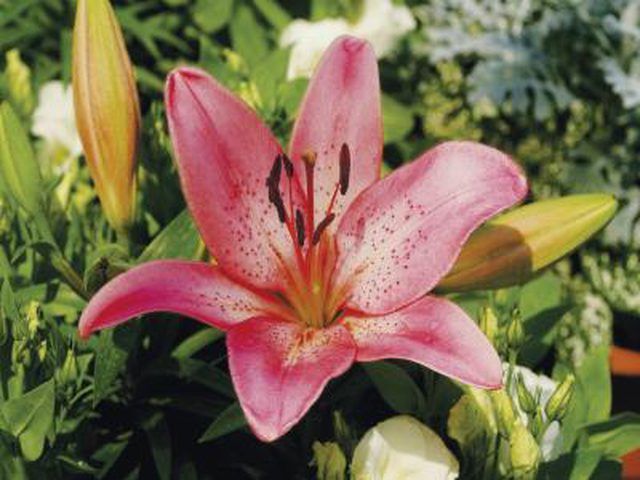
Step 5
Water the lilies in the morning once or twice per week throughout the growing season in cold-winter climates and throughout the entire year in warm winter climates. Water them from below the blooms and foliage, being careful not to splash water on the flowers.
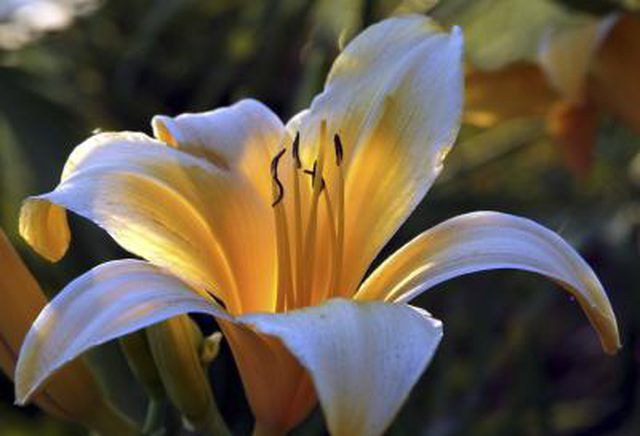
Step 6
Remove the flowers as they fade but do not remove the stalks. Oriental lilies utilize their stalks and leaves to store energy in their bulbs. Allow the flower stalks and leaves to remain until they yellow and wither naturally.
